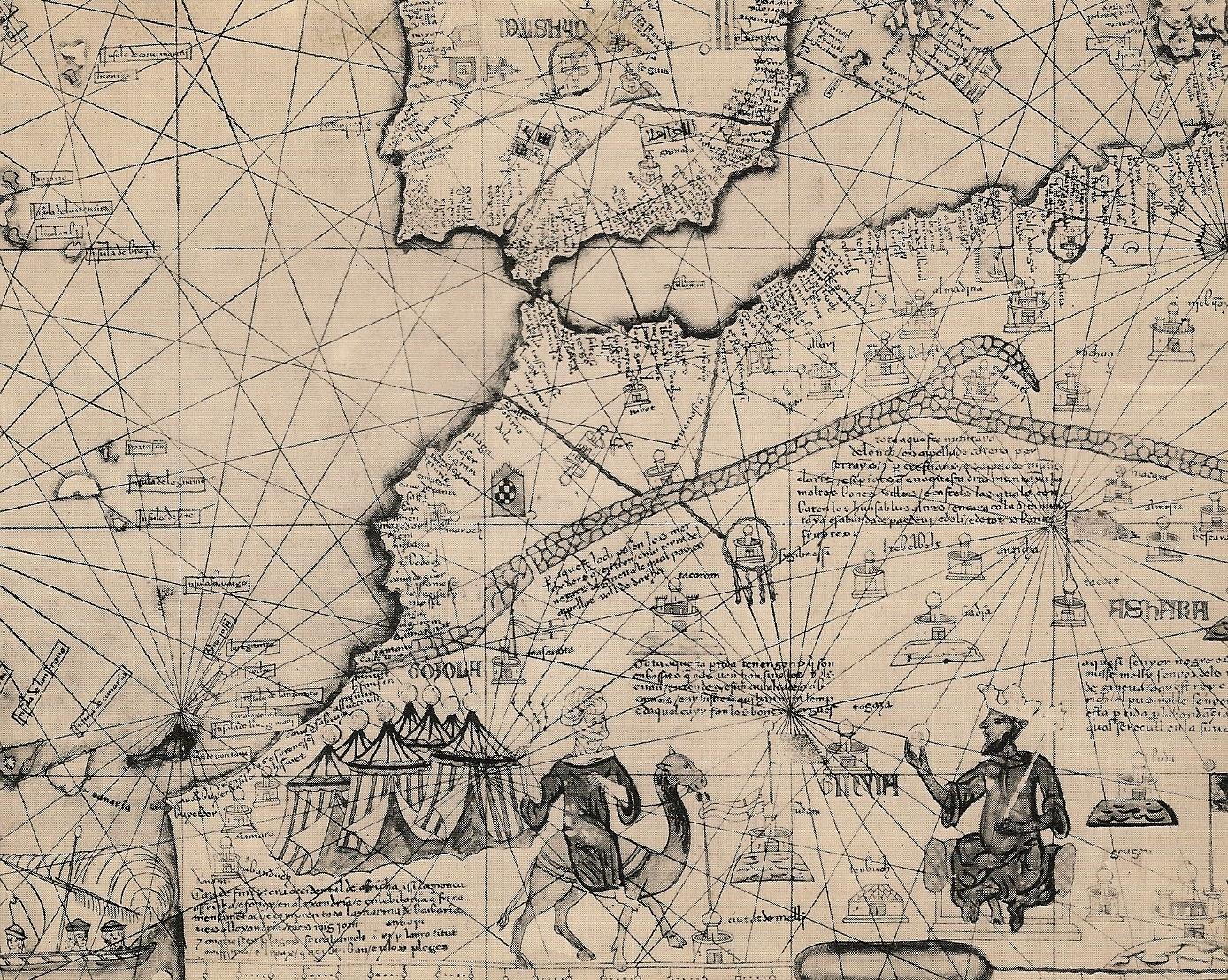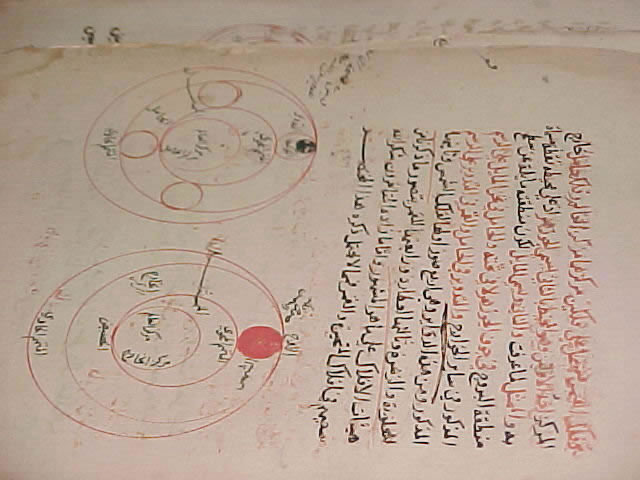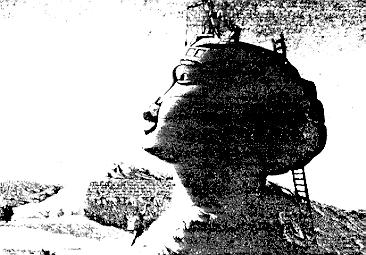Interesting Facts – Africa
Timbuktu
Timbuktu was a Black African city of significant importance to some of the great West African empires of the Middle Ages from the 11th century onwards. The city’s first brick buildings were designed by the African architects of Djenne. The city developed as a centre of learning, many years before Oxford University was founded. An influx of scholars from Ancient Ghana boosted Timbuktu’s centre of learning.

The city’s importance grew steadily and by the 12th century. Timbuktu was the most important and celebrated centre of learning in sub-Saharan Africa. Black African students formed the majority, but significant numbers of students from across the Muslim world and elsewhere flocked to its famous universities.
Manuscripts from Timbuktu describe the building of a fleet of ships by the emperor Abu Baka. The ships were constructed by engineers from across the Muslim world. It set sail to the Americas many years before Christopher Columbus set foot on a ship.
Timbuktu was home to three universities and 180 Qur’anic schools. The libraries of Timbuktu were filled with books written in the city and with books imported from outside. Timbuktu’s Black scholars were reputedly hailed as academically superior to Arab and European scholars who came to the city to study. On his return to Mali after a pilgrimage to Mecca, Mansa Musa brought with him a number of Arab scholars who settled in Timbuktu.

The name Timbuktu became so famous after the pilgrimage of Mansa Musa that years after his death European scholars still included Ancient Mali in their maps of the time. Timbuktu’s position as an important centre of commerce was also well established.
Timbuktu remained a celebrated university city until 1591 when a Moroccan army invaded and looted the city. Many scholars and manuscripts were taken to Morocco. Many libraries were burnt to the ground.

Today over 700,000 manuscripts are in danger of being lost forever. These manuscripts detail key scientific disciplines like astronomy and medicine, as well as theological works. They are clear and irrevocable evidence of advanced learning and civilization in sub-Saharan Black Africa. They are testimony to the fact that Black African civilization has always been a reality.
Sankore University built during the 12th century and Jingaray Ber University are just two of the remaining monuments, parts of which still exist but in need of specialist support to prevent their loss.
The Christian word
The Christian word “Amen” is derived from the name of the highest ranking god in Ancient Egyptain Theology. Ancient Benin was a sophisticated city state in West Africa. The houses of Benin City were built from wood. Their designs required extensive mathematical knowledge. Many houses had steps leading to their front doors. The roofs were square or rectangular shaped. The walls of each house were straight.
In 1897 a British expeditionary force looted more than 2000 precious artefacts from Benin City’s Royal Palace. Most of these artefacts are now held in the British and Berlin Museums. After the First World War South Africa invaded and occupied Namibia. In 1966 the South Africans defied a United Nations order to give up Namibia. After 25 years of a liberation war waged by South West Africa People’s Organisation (SWAPO) and the People’s Liberation Army of Namibia (Plan), the South Africans relinquished their control of Namibia and an independent Namibia was born in March 1990.
The Hausa states developed a constitutional monarchy, requiring the king to rely on the consensus of his officials. The European scholar Baron Denon, made a sketch of the Sphinx in 1798. Denon wrote: “The character is African...the lips are thick. Art must have been at a high pitch when this monument was executed.”
The European scholar Gustav Flaubert described the Sphinx in his book ‘Notes de Voyage (1910). Flaubert wrote: “It is certainly Ethiopian. The lips are thick.”

Afro combs were used 4 thousand years ago by the Ancient Egyptians. Archeologists have uncovered the combs, created for ‘kinky’ hair, in Ancient Egyptian tombs.
The boomerang was used by Ancient Egyptians as well as the native Black people of Australia. Ancient Benin was a sophisticated city state in West Africa. The houses of Benin City were built from wood. Their designs required extensive mathematical knowledge. Many houses had steps leading to their front doors. The roofs were square or rectangular shaped. The walls of each house were straight.
Afrikaans – the language associated with the white supremacists of South Africa, was originally the language spoken by Black Africans, Malays and other oppressed communities in South Africa. It was later adopted by the Boers. The first invasion on Zulu territory by the British took place on January 12th 1879.
Born in Numida - modern day Algeria, in 138 AD Quintus Lollius Urbicus was made governor of the Roman province Britannia.
Born in Africa in 354 AD, in the town of Tagaste, Augustine the African Saint wrote many books which had an enduring impact on Western literature; these include City of God and The Confessions. During his lifetime he saw the sacking of Rome. He died in year 430 AD.
The Ancient Egyptians had some of the most skilled metalworkers of the ancient world. Scenes from the tomb of Nebamun and Ipuky, Thebes depict goldsmiths.
A fresco, circa 1420 b.c.e, from a tomb at Thebes depicts scenes of land reclamation and cultivation in Africa. The design of the bed has not changed since the times of Ancient Egypt. At least two beds were excavated from the tomb of Yuya, XVIII Dynasty. The Ancient Egyptians used a variety of tools for woodwork. Around 1200 b.c.e the woodworker’s tool box included: the bow-drill with a copper bit, copper chisel for cutting mortises, hardwood handled copper awl, small adze (copper blade lashed with rawhide to a wooden handle), large adze, whetstone, small hand-saw with serrated copper blade, large axe with copper blade lashed into a channel on the shaft, strengthened by a copper ferrule).
